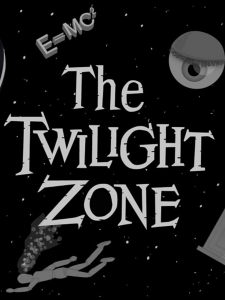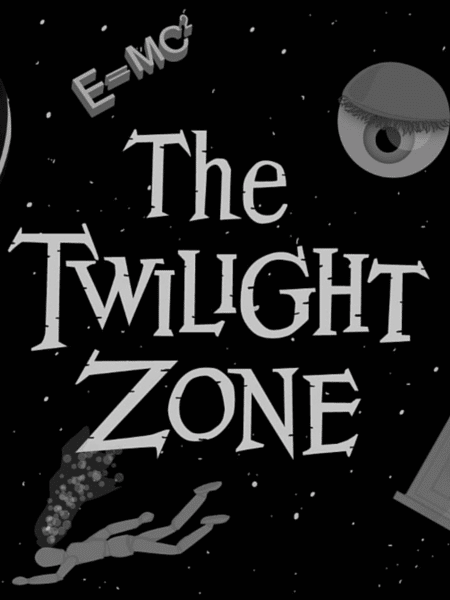
Many iconic episodes
Several episodes of The Twilight Zone are classics — there’s the one where a bookworm (played by Burgess Meredith) rejoices when an atomic bomb eliminates everyone else from the world, giving him time to read as much as he wants, only to see him break his glasses on the steps of the library. William Shatner starred in a terrifying episode called “Nightmare at 20,000 Feet” in which he is haunted by the image of a monster on the wing of his plane. The series even aired a version of “An Occurrence at Owl Creek Bridge,” based on the famous short story written by Ambrose Bierce.
Beauty is in “The Eye of the Beholder”
But arguably the most famous episode of The Twilight Zone dealt with plastic surgery. It’s an episode that most fans will mention if you bring up the show. The episode was titled “The Eye of the Beholder” and it originally aired on November 11, 1960, during the second season of the series.
Spoiler Alert! If you have never seen this episode, stop reading.
Janet Tyler (played by Donna Douglas, who would later earn fame as Elly May Clampett on The Beverly Hillbillies) is in the hospital with bandages wrapped around her entire head and face. We learn that this is the eleventh time she has been in for a procedure to make her “look like everyone else.” Tyler pleads with the hospital staff to remove her bandages, which they finally do. It’s then revealed that she is a perfectly beautiful young woman, but when the camera pans out to who us the hospital staff, we see that they are disfigured — their faces are swollen and they have pig-like noses and sunken eyes. The nurse exclaims that the Tyler’s face has undergone “no change — no change at all!”
Tyler runs screaming through the hospital until she is escorted away by a handsome (by our standards) man who is afflicted with the same “condition.” The man consoles Tyler and explains that “beauty is in the eye of the beholder.” It was a jarring conclusion, even by The Twilight Zone standards, and in typical series fashion it challenged the viewer to examine their own perspective on the world.
What is beauty? What is grotesque? How does society define what “normal” is? As was often the case with a screenplay written by Serling, the episode featured expert use of camera angles and dialogue to weave the story. The Twilight Zone went on for three more seasons and a total of 156 episodes. It was nominated for an Emmy in each of its five seasons and earned a Hugo Award for best dramatic presentation three times. In 2002, TV Guide ranked it #26 on their list of the greatest TV shows of all-time.

